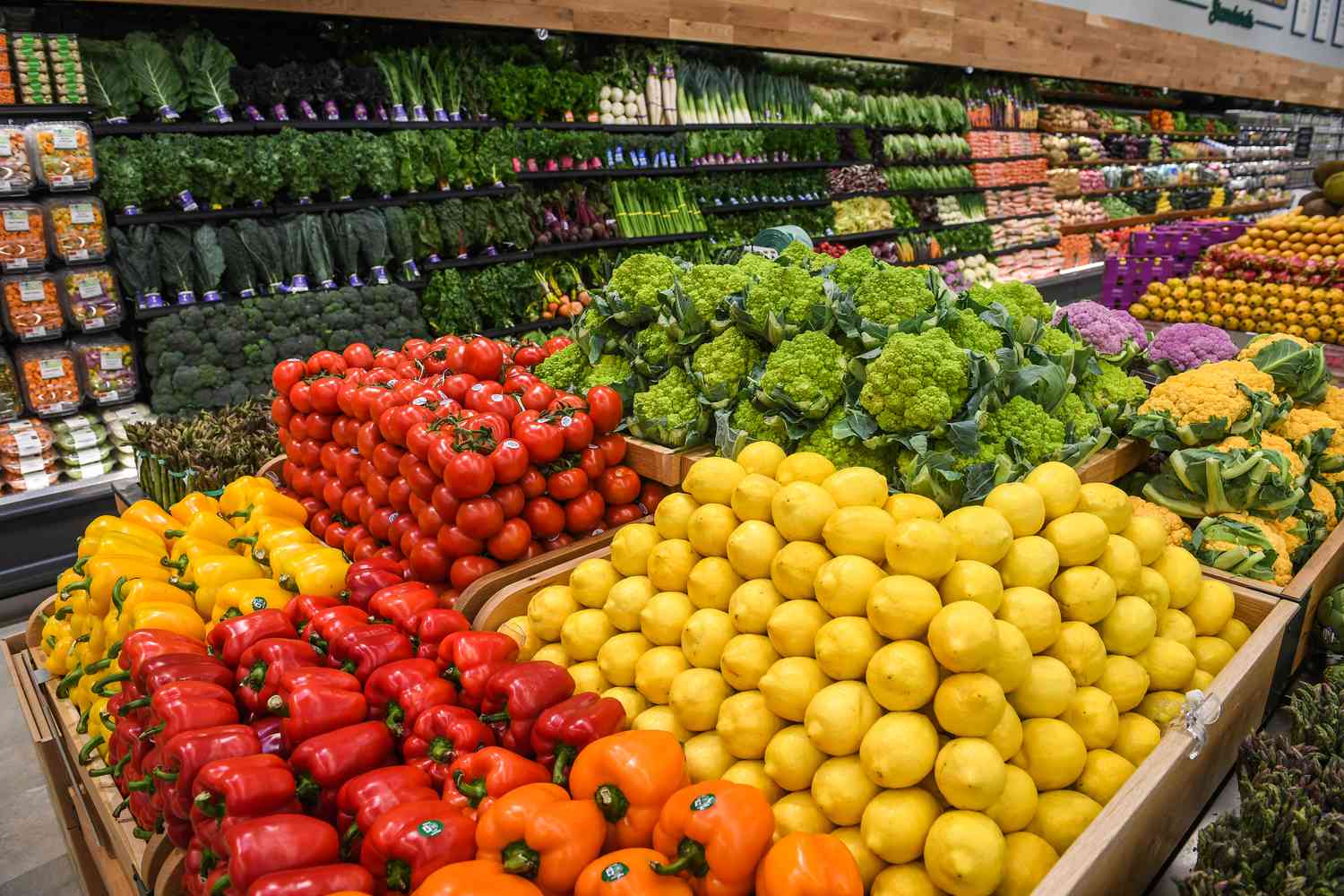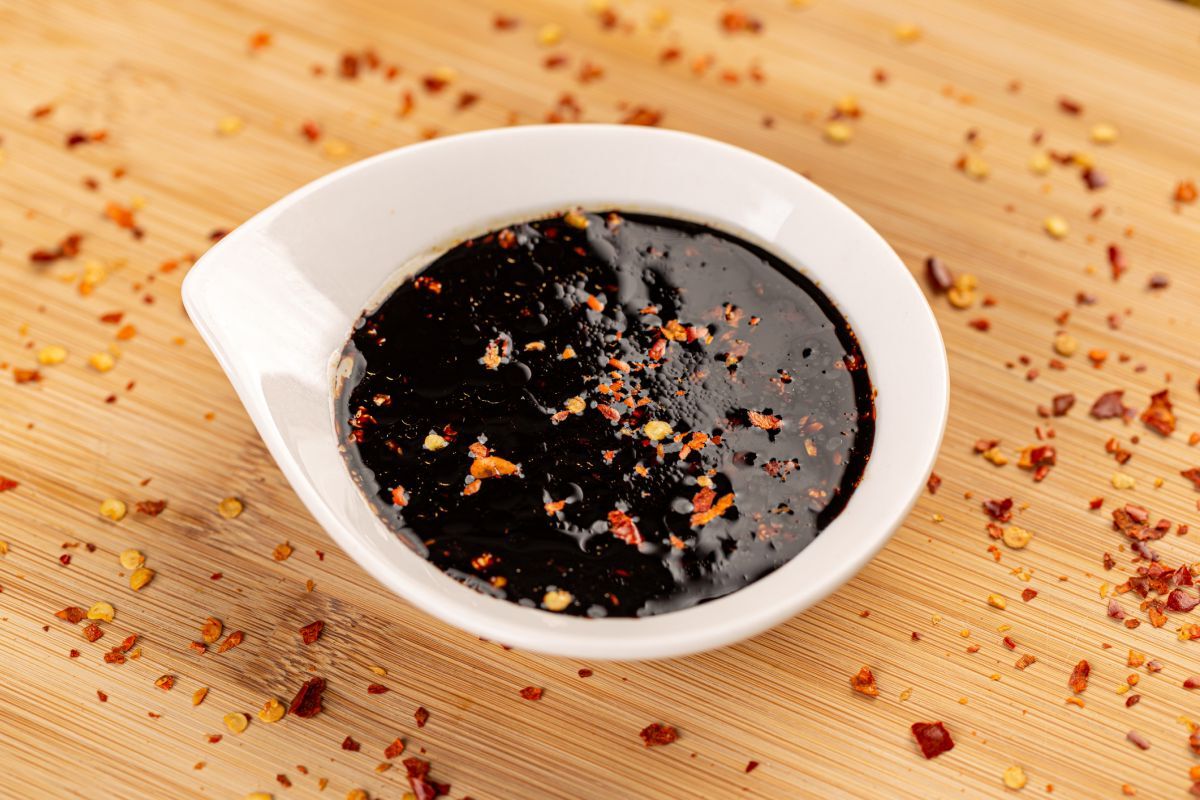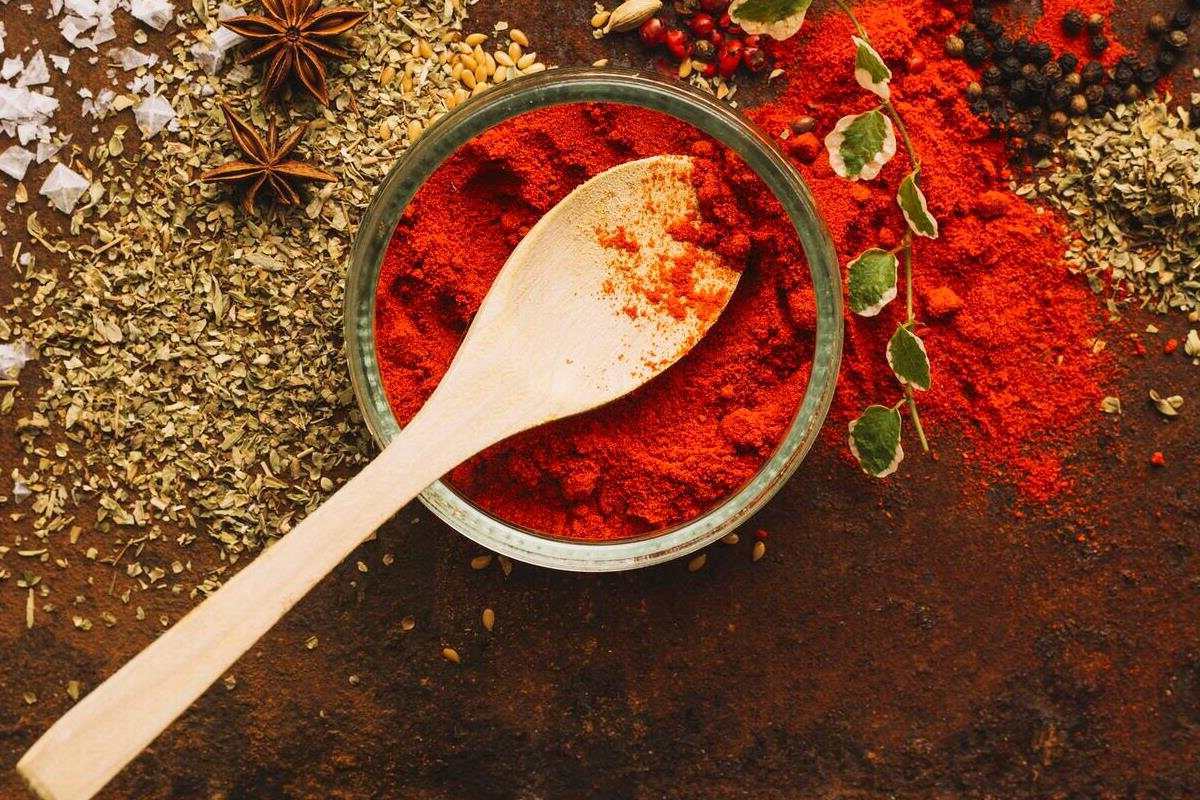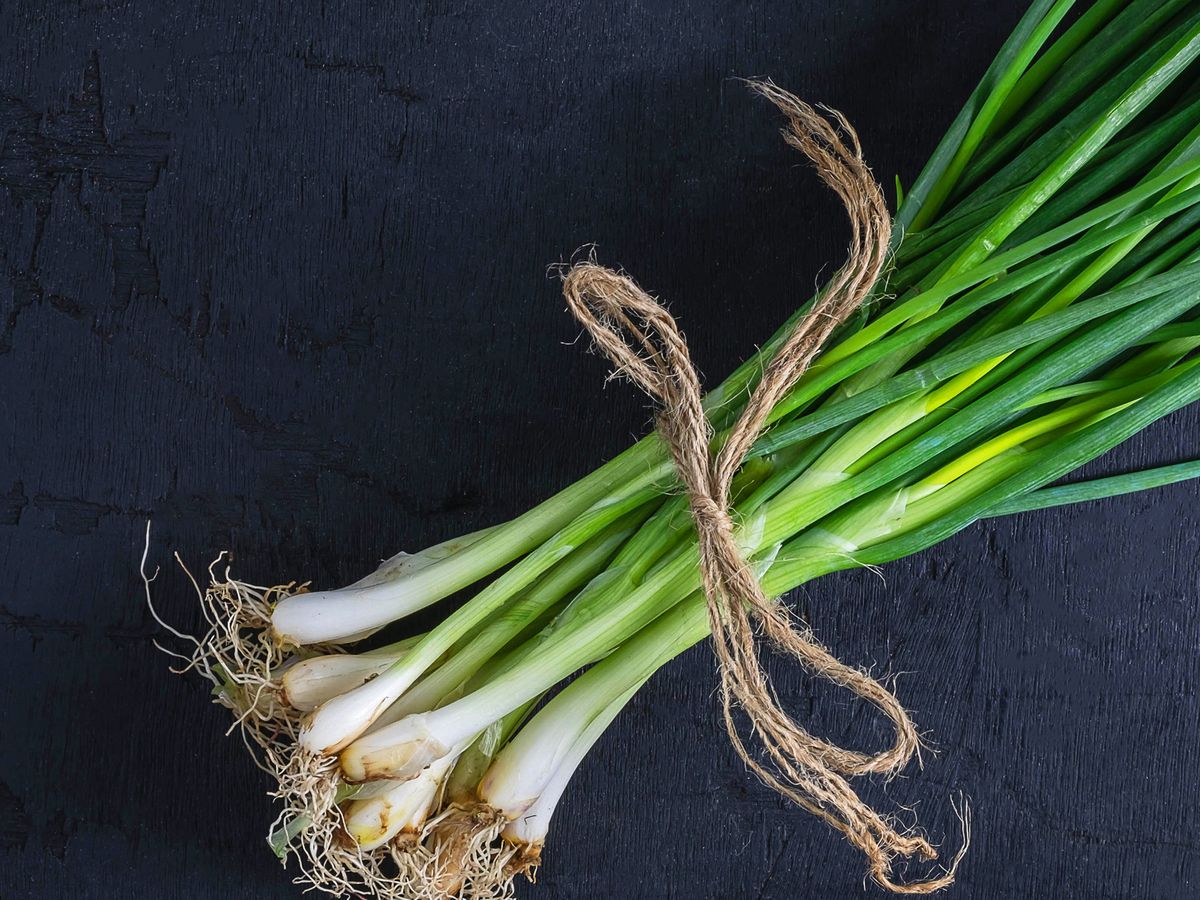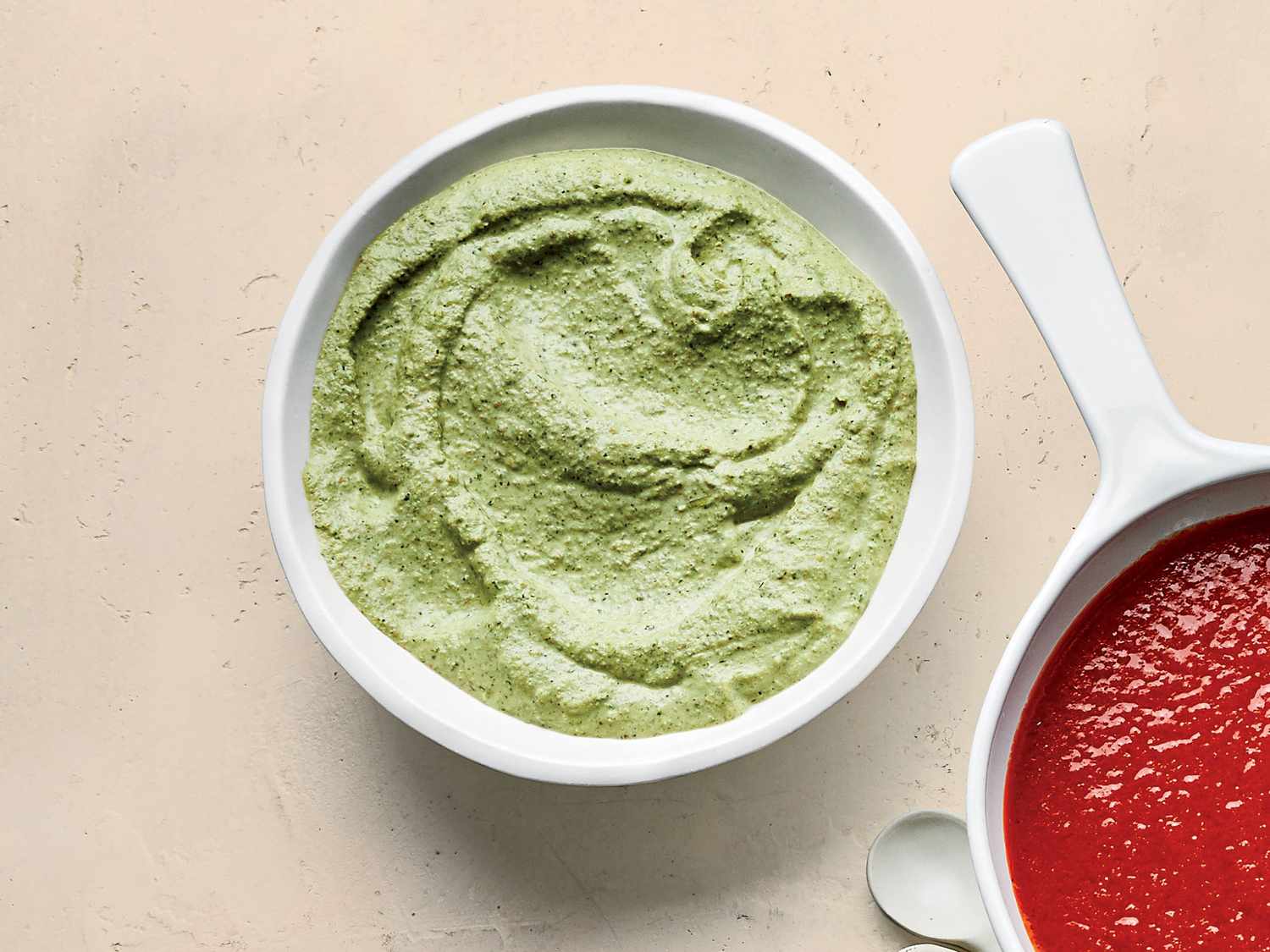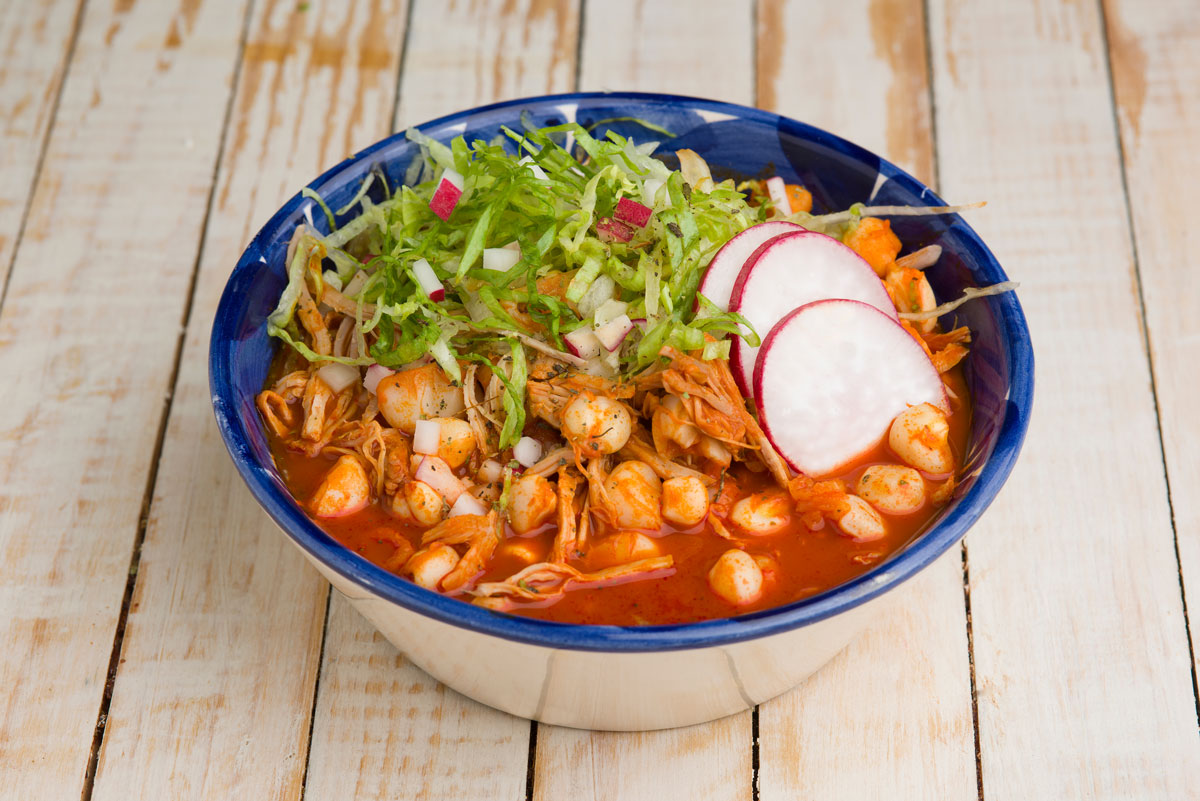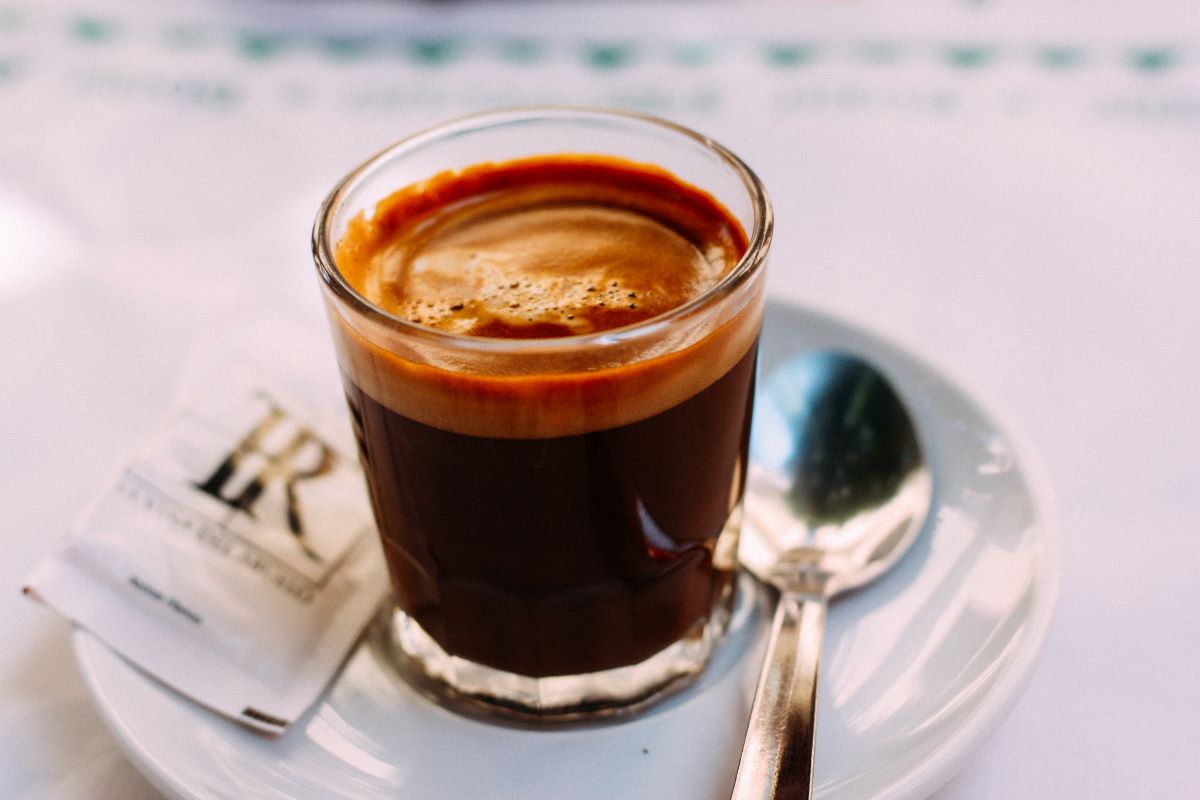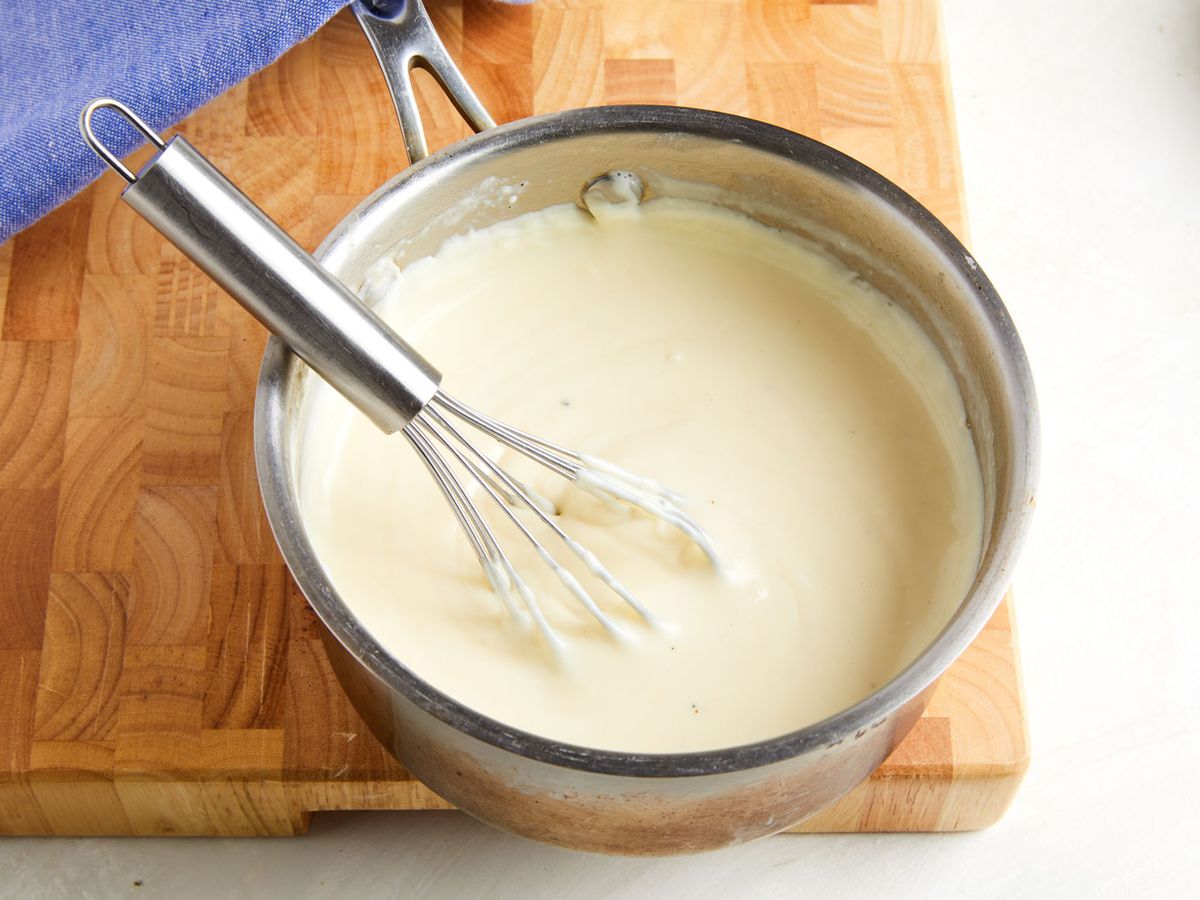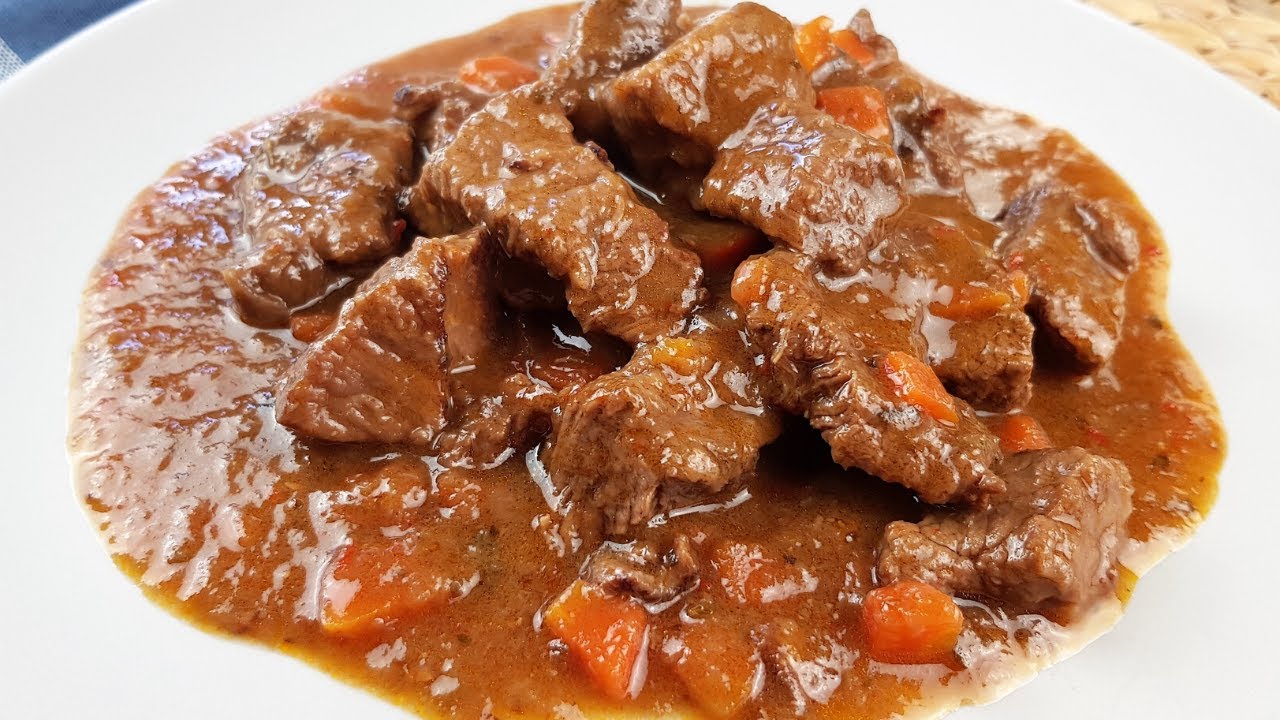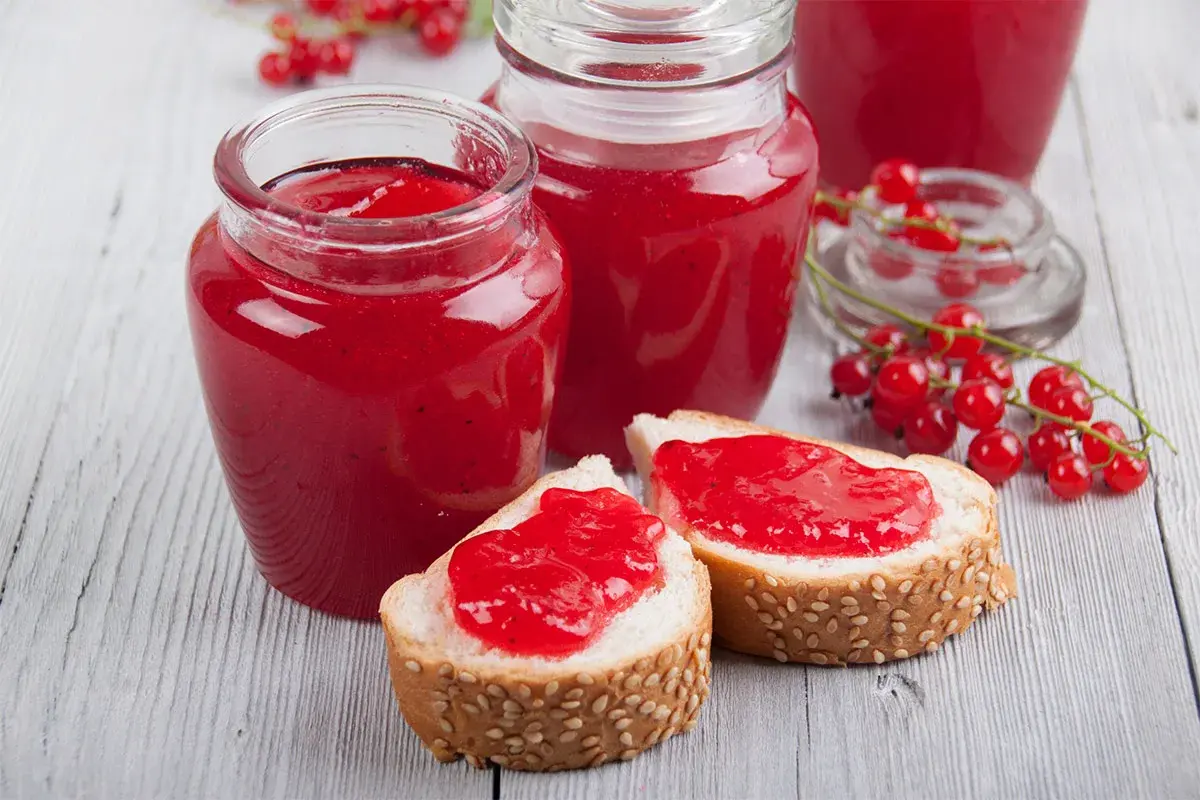Understanding Rapid Boil in Cooking
Have you ever come across a recipe that instructs you to bring a pot of water to a rapid boil? If you’re new to cooking, this term might leave you feeling a bit puzzled. But fear not, as we’re here to demystify the concept of rapid boil and explain why it’s an essential technique in the kitchen.
What is Rapid Boil?
Rapid boil refers to the stage at which a liquid, typically water, is boiling vigorously, producing large bubbles that rise to the surface at a rapid pace. This is achieved when the liquid reaches its boiling point, which is 212°F or 100°C at sea level. At this temperature, the water undergoes a phase change from liquid to vapor, creating the characteristic bubbling and churning associated with boiling.
Why Rapid Boil Matters
Rapid boiling is a crucial element in cooking for several reasons:
- Even Cooking: When preparing certain foods, such as pasta or vegetables, a rapid boil ensures that the items are cooked evenly and efficiently.
- Food Safety: Boiling water kills harmful bacteria and pathogens, making it essential for food safety, especially when cooking meats and seafood.
- Recipe Instructions: Many recipes specify a rapid boil to achieve the desired results, so understanding and executing this technique is key to successful cooking.
How to Achieve a Rapid Boil
Now that we understand the importance of rapid boiling, let’s explore how to achieve it:
- Use a Lid: Covering the pot with a lid can help the water come to a boil more quickly, as it traps the heat inside.
- Higher Heat: Increasing the heat source will expedite the boiling process, but be cautious not to scorch the bottom of the pot.
- Smaller Pot: Using a smaller pot with less surface area can help the water reach a rapid boil faster, as there is less area for heat to escape.
Common Mistakes to Avoid
While achieving a rapid boil is relatively straightforward, there are some common mistakes to be mindful of:
- Overcrowding the Pot: Adding too much food to the pot can lower the temperature of the water and hinder the rapid boiling process.
- Not Using Enough Water: Insufficient water in the pot can lead to a slow boil or cause the pot to boil dry, potentially damaging the cookware.
- Ignoring the Boil: Failing to pay attention to the boiling water can result in overflow and a messy stovetop.
In Conclusion
Rapid boiling is a fundamental technique in the culinary world, playing a vital role in the preparation of countless dishes. By understanding the science behind it and implementing the appropriate methods, you can elevate your cooking skills and ensure that your meals are cooked to perfection.
So, the next time a recipe calls for a rapid boil, you’ll know exactly what to do to achieve that essential stage of cooking.
Was this page helpful?
Read Next: What Is A Tomato Juice Substitute?


